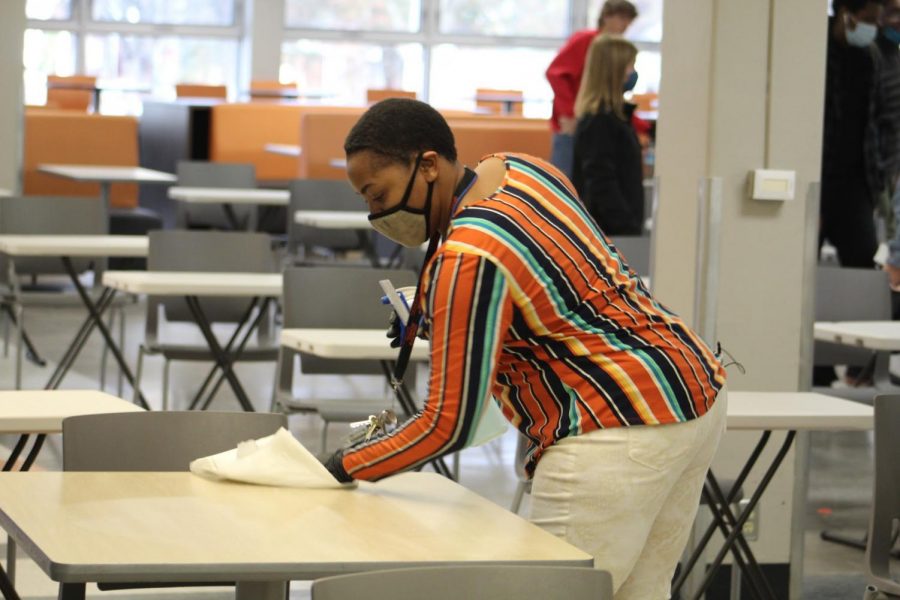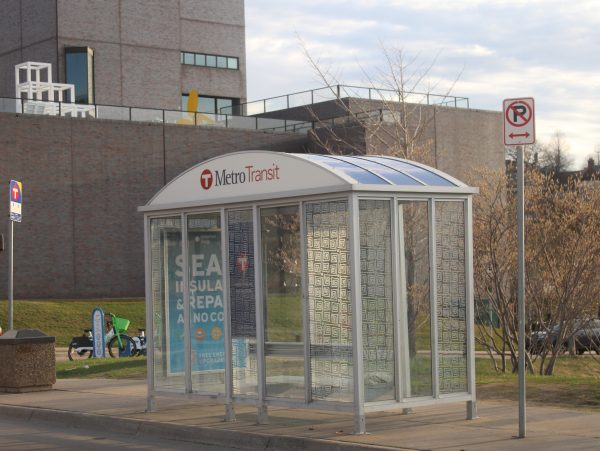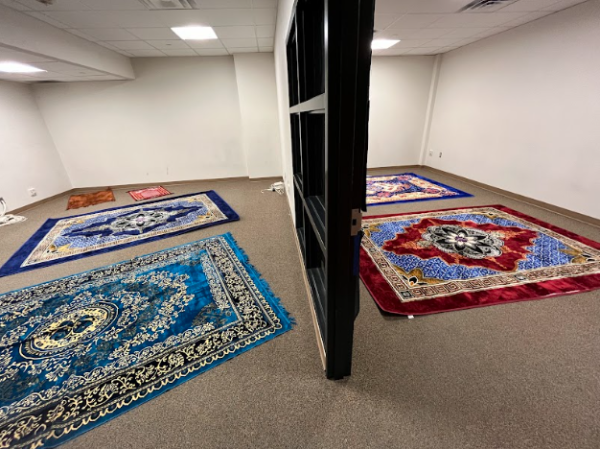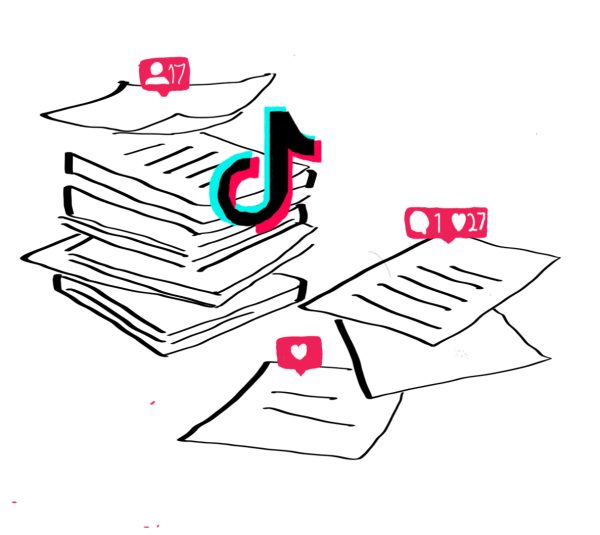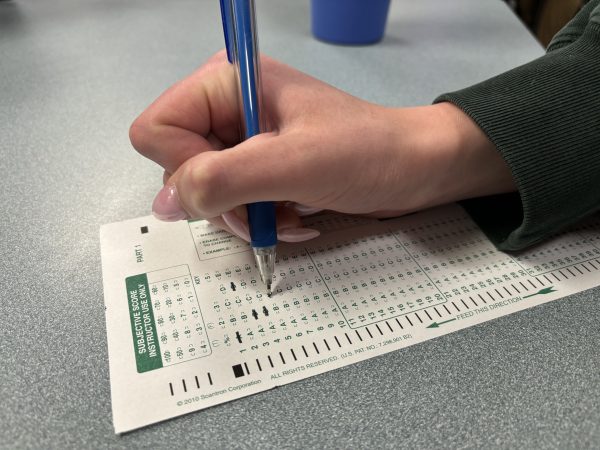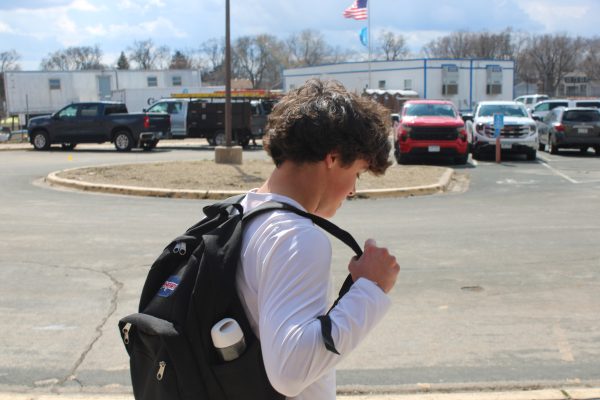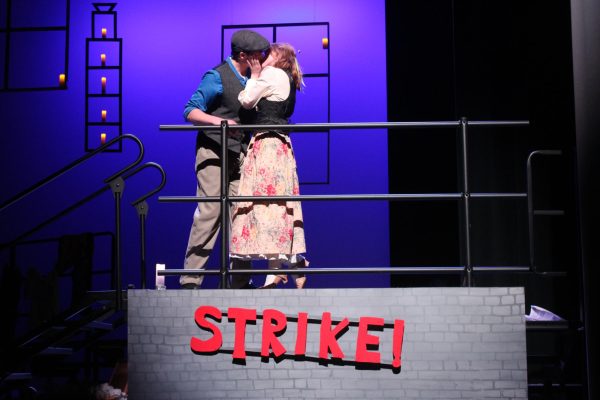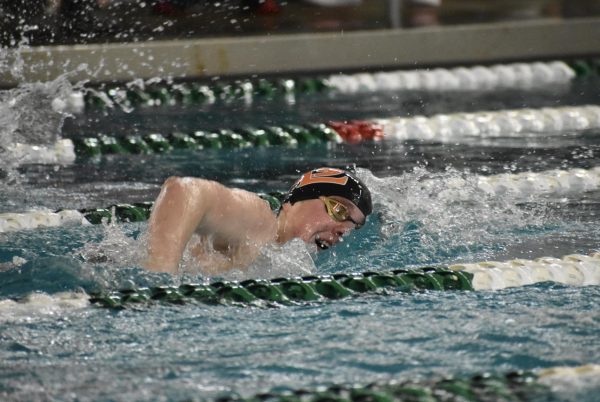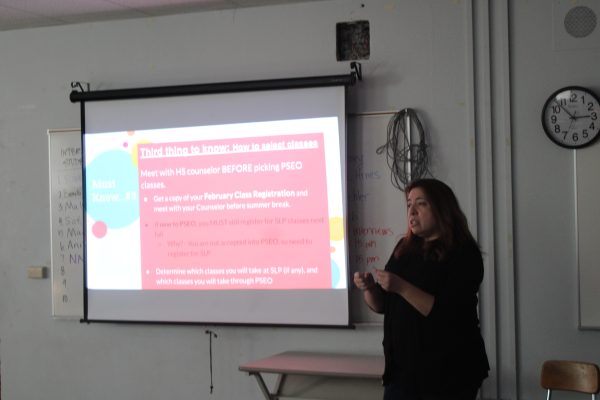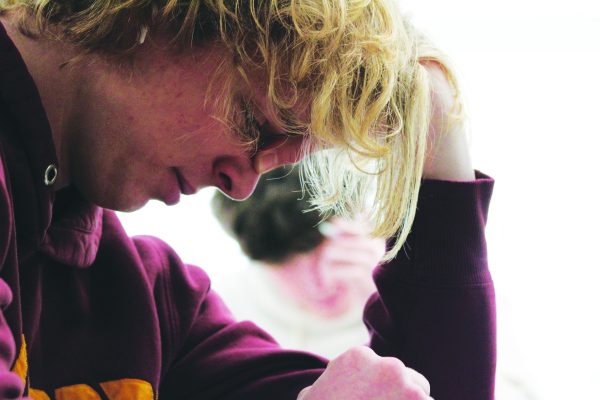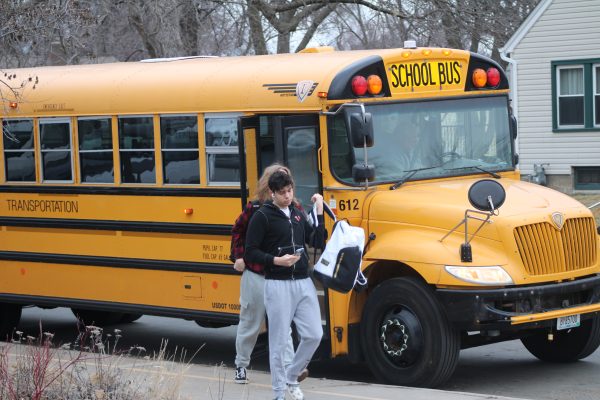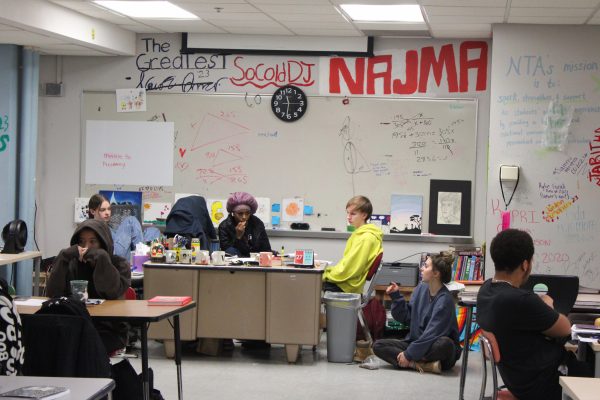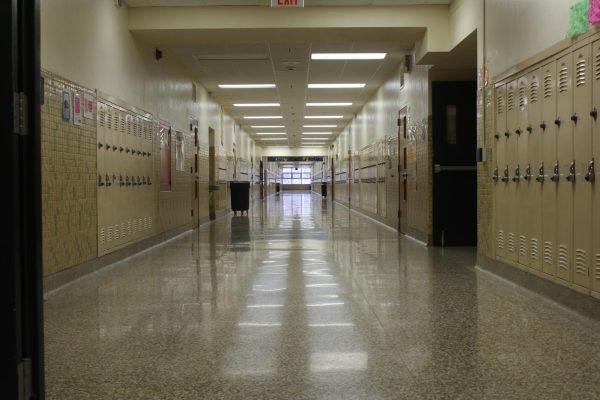Hybrid entails a balancing act
Teachers tasked with simultaneously teaching distance and in-person cohorts
As Park starts to return to in-person learning, teachers have been faced with an unprecedented situation in which they have to teach students online and in person at the same time. According to history teacher Jill Merkle, this is the most difficult task she’s faced in her teaching career.
“Reasonably what (hybrid) asking is for you to be good at either distance or in-person, hybrid is asking you to be in two places at once,” Merkle said. “It’s the hardest situation I’ve been in as far as a teacher and the least rewarding because I just don’t feel like I’m being present for anyone during it, so it’s just it’s hard emotionally in some of those senses.”
According to biology teacher Julie Schilz, she feels teachers are struggling due to the lack of guidance as their situation is unprecedented.
“I am not a fan of bi-modal teaching where we’re supposed to be teaching kids in the classroom and at home at the same time,” Schilz said. “We haven’t had a global pandemic in 100 years, so there’s no best practice around hybrid bimodal teaching”.
Due to the in-person student capacity being reduced to 25%, many teachers have struggled to establish an energy within the classroom. English teacher Andrew Wilkes said teachers need a higher population of students in class in order to do so.
“Part of the problem is this quarter setup, it’s too few,” Wilkes said. “If we had half the students here, it’d be a much different experience and will be much more alive. This space right now doesn’t feel very alive.”
According to junior Li Livdahl, who opted to stay in distance learning, students staying home struggle with the hybrid model because staying engaged in class discussions has become more difficult.
“In some of my classes, the teacher will ask questions for class and someone in the class will answer, and it’s hard to hear them, so it’s definitely strange,” Livdahl said.
Schilz said the oddness experienced by students has also been felt by teachers, as they feel conflicted as to where they direct their attention to.
“It’s awkward and weird to try to figure out who you’re talking to,” Schilz said. “I’ll be looking at kids on the computer, but then I feel like the students in the classroom feel like they’re being ignored and I have to remind myself they’re there too.” We’re the people living in this. If we have to be put into it for the next several months, we’ll figure out how to make it work. That’s what we always do. — Jill Merkle
Teachers have tried to solve this problem by having their camera pointed towards the class to give the students online. According to Wilkes, this is crucial to bridging the gap between students in school and students at home.
“I pulled a second camera in just like letting people see what’s going on,” Wilkes said. “You just have to be really cognizant of trying to make sure the kids that are on the call are part of the students in the classroom.”
Junior Greta Betzer said she appreciated teachers implementing cameras and other strategies to close the divide between the students at home and students online, however some teachers are not attempting to do so.
“My biology teacher, Ms. Sigal, did a really good job, she set up the camera so the kids on the zoom can see the kids in the class, and that was really cool,” Betzer said. “I had a couple of teachers that just sat at their desks and talked to the kids on the distance call and didn’t really incorporate the class in the discussion.”
While teachers have struggled thus far in the hybrid model, Wilkes said even having some students in the class has helped those who are struggling to keep up in distance learning.
“I’ve seen a lot of kids that I have as freshmen who were really engaged when we were in the classroom and completely disengaged or out of the classroom when we’re in distance,” Wilkes said.
According to Schilz, teachers are still trying to gauge what works best, but have accepted the fact that for the foreseeable future they expect hybrid to be difficult.
“We’re all just kind of shooting from the hip here,” Schilz said. “So far, our expectations have been confirmed; it’s really challenging to reach both groups at the same time.”
Merkle said despite the challenges, she is optimistic that teachers and students both will find ways to adapt and adjust.
“We’re the people living in this,” Merkle said. “If we have to be put into it for the next several months, we’ll figure out how to make it work. That’s what we always do.”
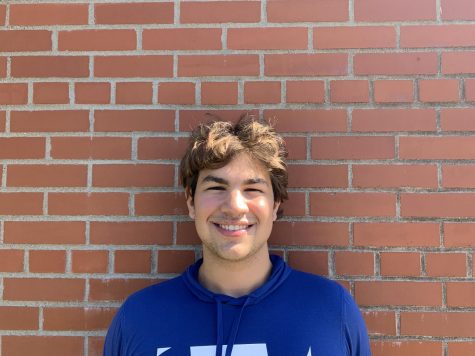
Here’s my bio:
Toby, he/him, managing, cookie dough, who hasn’t gone yet?
Or
Hi everyone, my name is Toby; I'm gonna be the managing editor...




